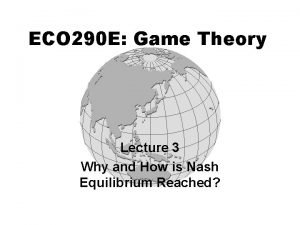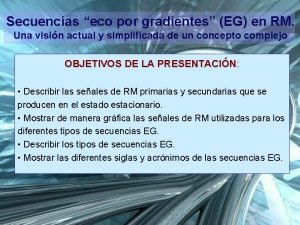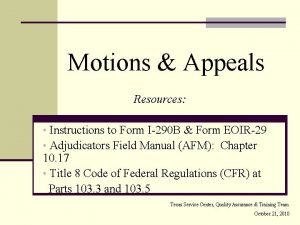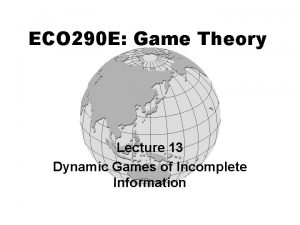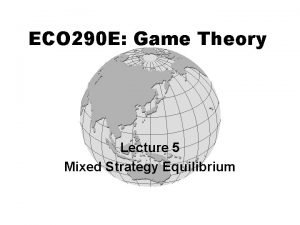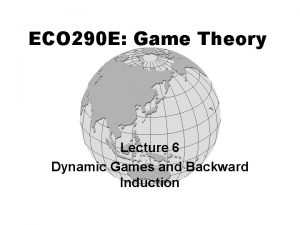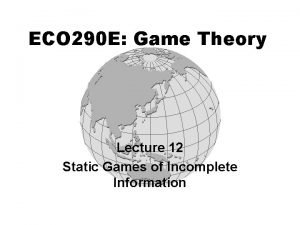ECO 290 E Game Theory Lecture 10 Examples






- Slides: 6

ECO 290 E: Game Theory Lecture 10 Examples of Dynamic Games

Review of Lec. 8 & 9 • A strategy in a dynamic game is a complete plan of actions, i. e. , specifying what she will do in every her information set. • Dynamic games may have many Nash equilibria, but some of these may involve non-credible threats or promises. The subgame perfect Nash equilibria are those that pass a credibility test.

SPNE • A subgame perfect Nash equilibrium (SPNE) is a combination of strategies in a extensive-form which constitutes a Nash equilibrium in every subgame. Þ Since the entire game itself is a subgame, it is obvious that a SPNE is a NE, i. e. , SPNE is stronger solution concept than NE.

Existence of NE • Since any dynamic game has a (unique) normal-form representation, at least one NE exist as long as a game is finite, i. e. , finite number of players and strategies. • If some of the paths in the game tree involve infinite stages (information set), then the corresponding normal-form game is no longer finite. Þ The dynamic game may not have a NE!

Existence of SPNE • Any finite dynamic game also has a SPNE, since each subgame is finite and thereby must have at least one NE. • To find a SPNE, first identify all the smallest subgames that contain the terminal nodes, and then replace each subgame with the payoffs from one of Nash equilibria. • The next step is to solve the second smallest subgames given these truncated payoffs. • Working backwards through the tree in this way yields a SPNE!

Other Examples • To be completed.
